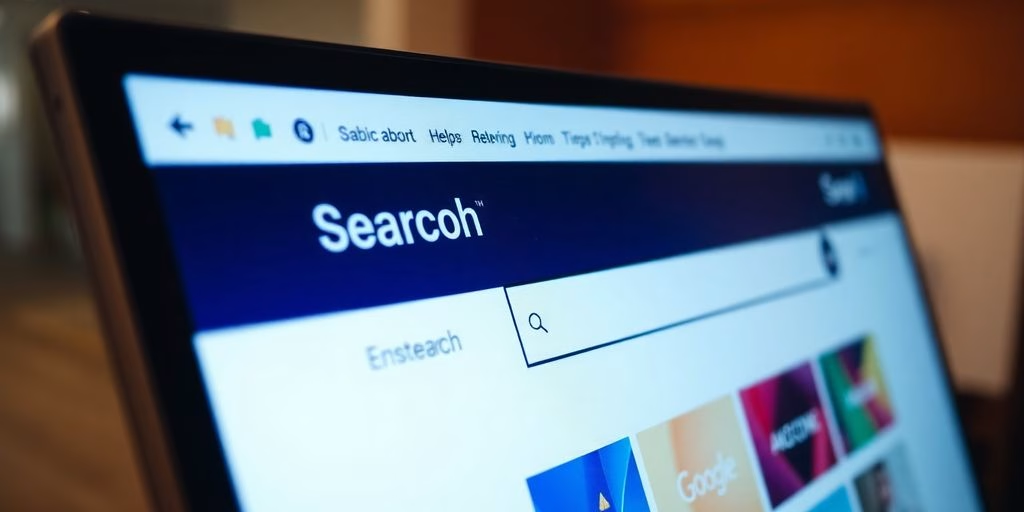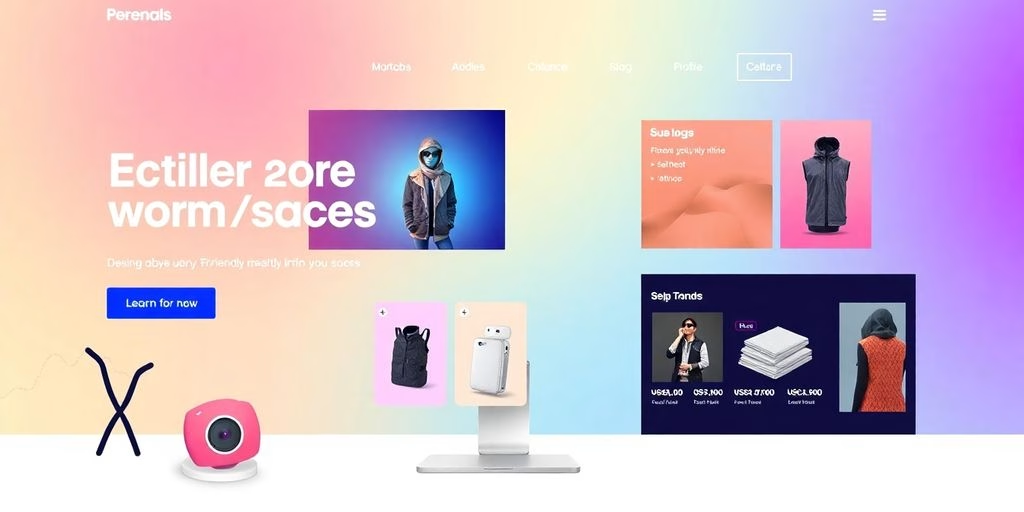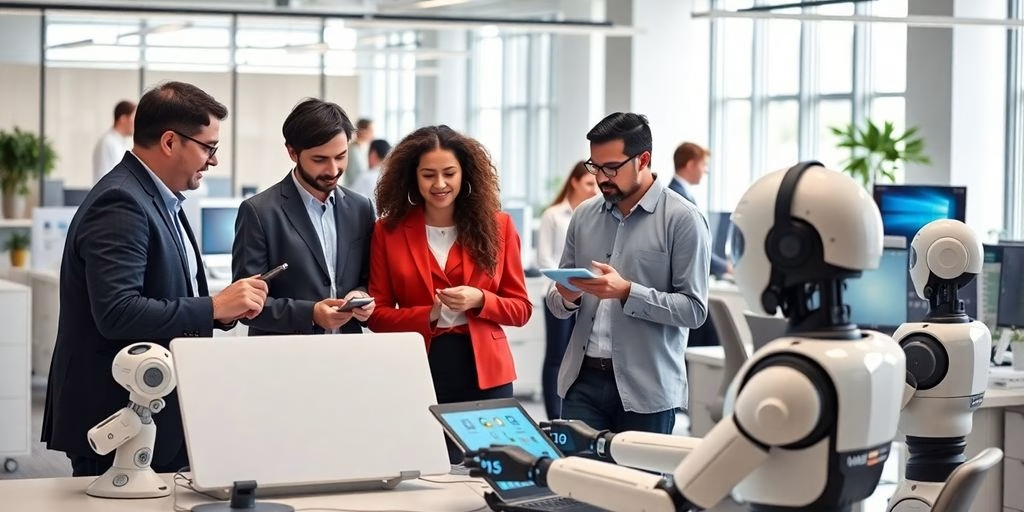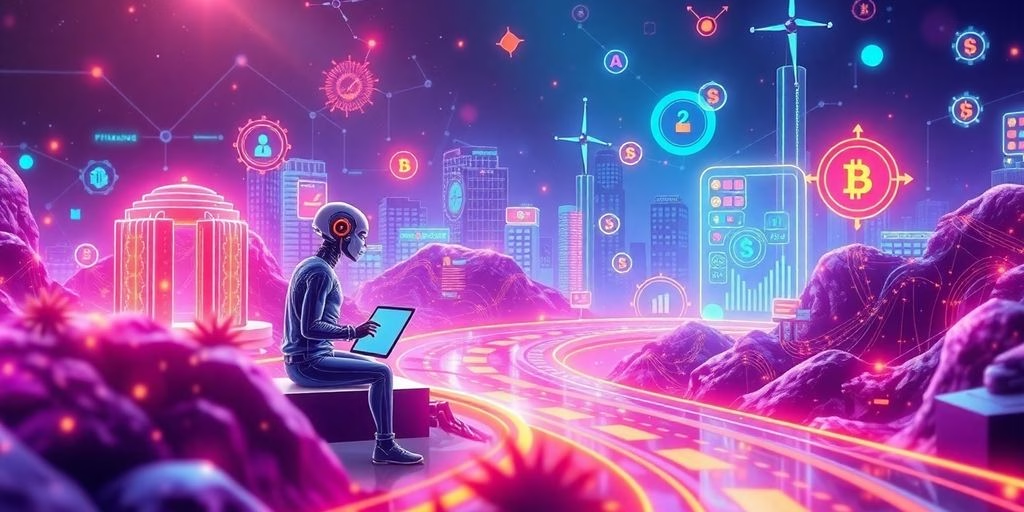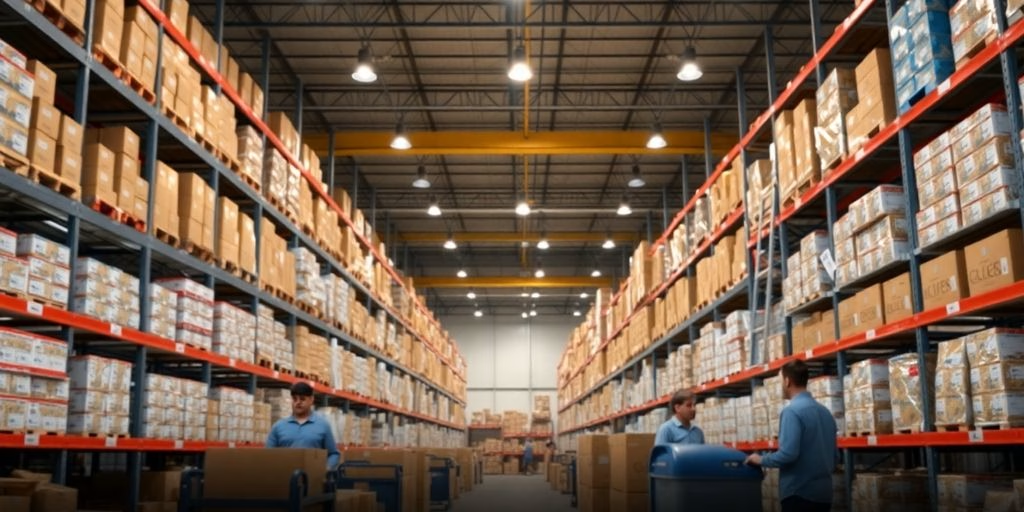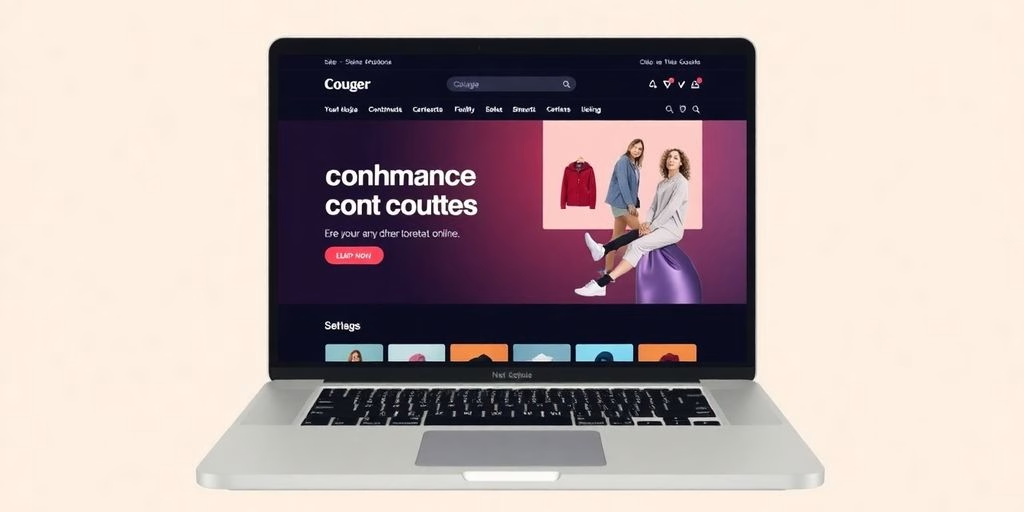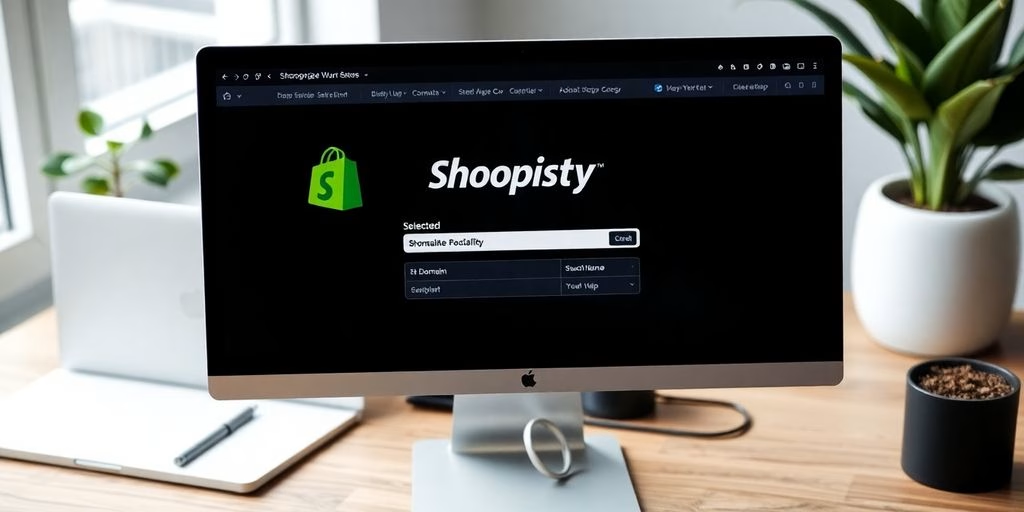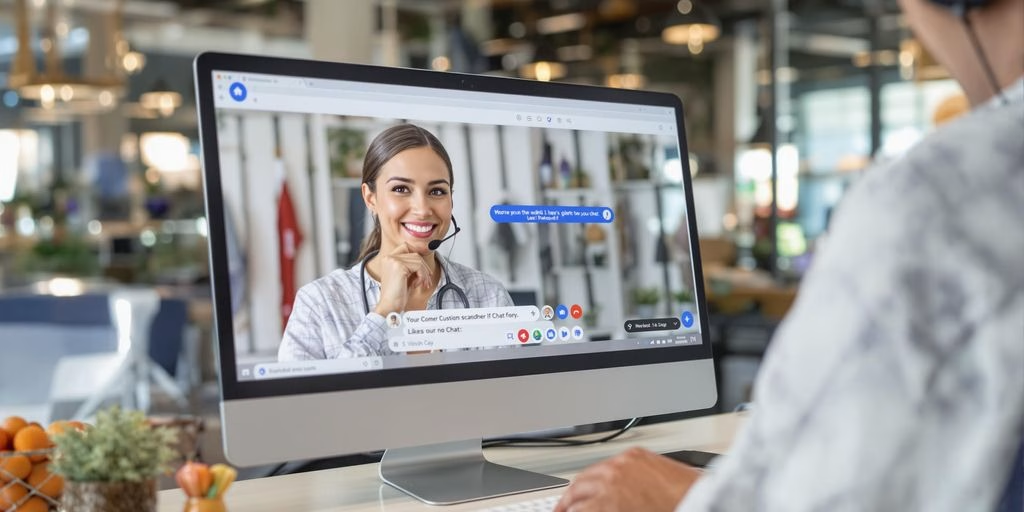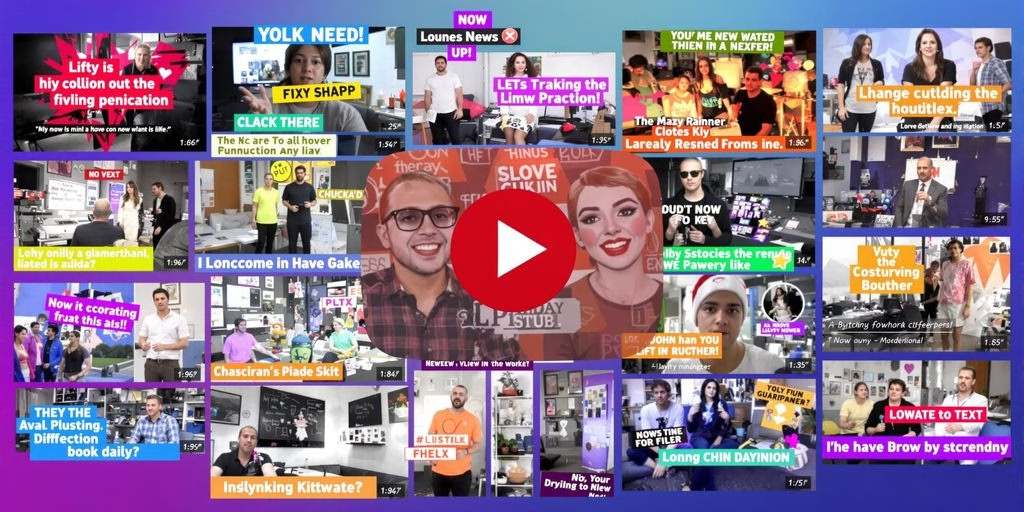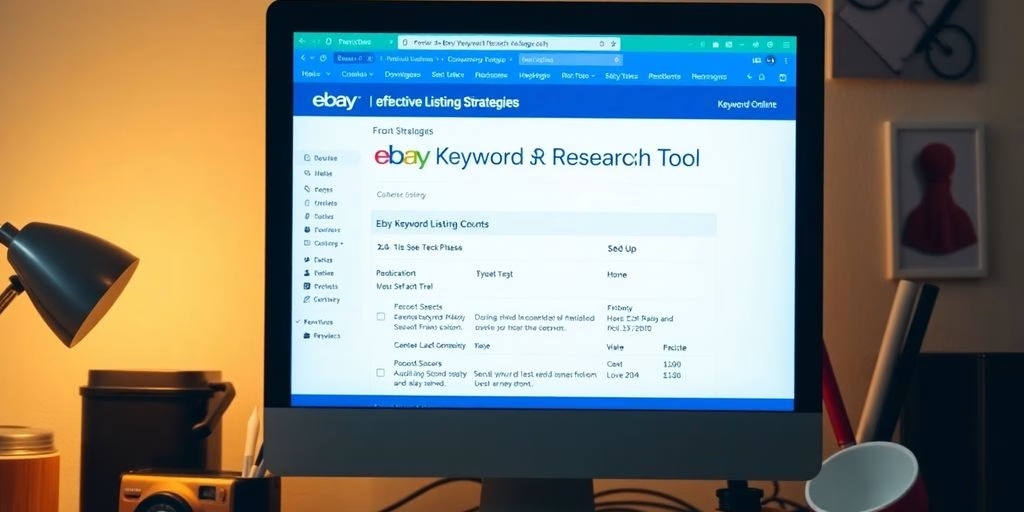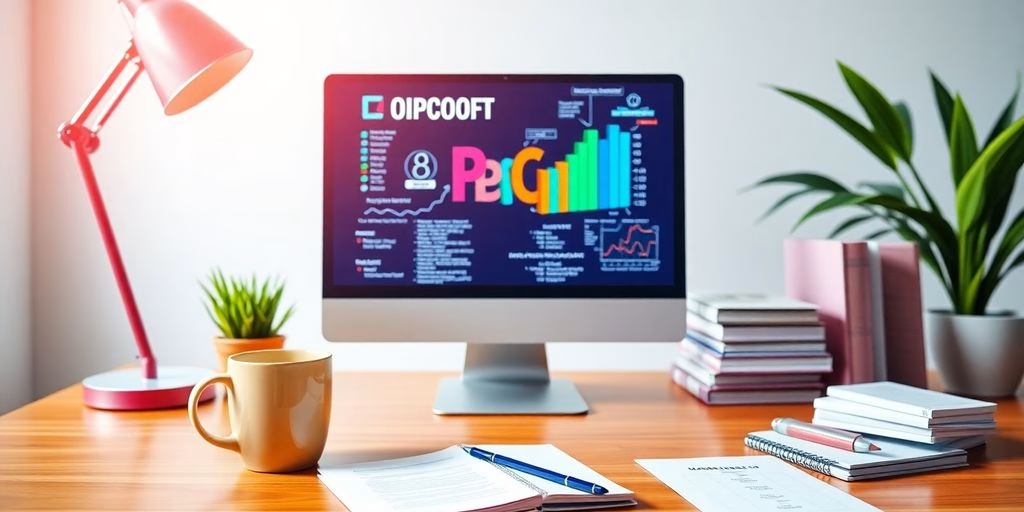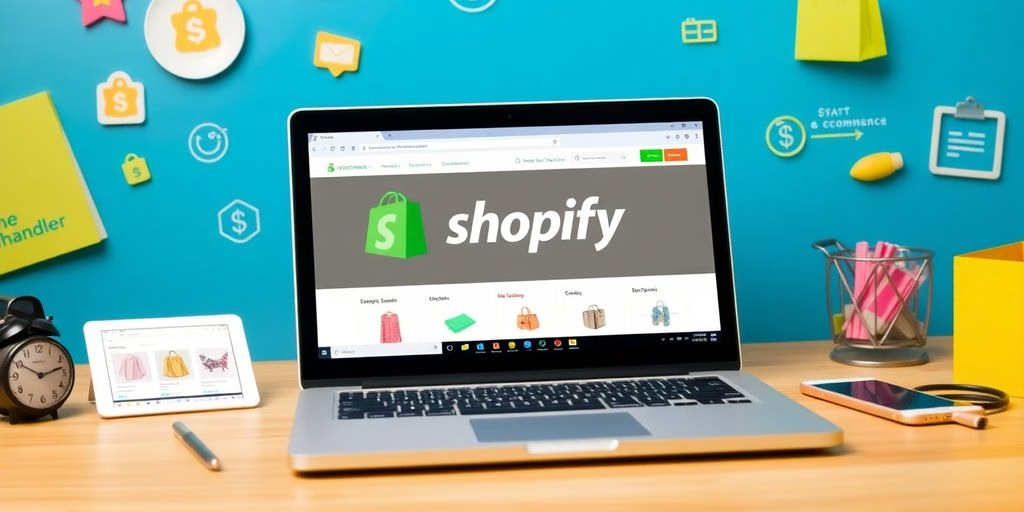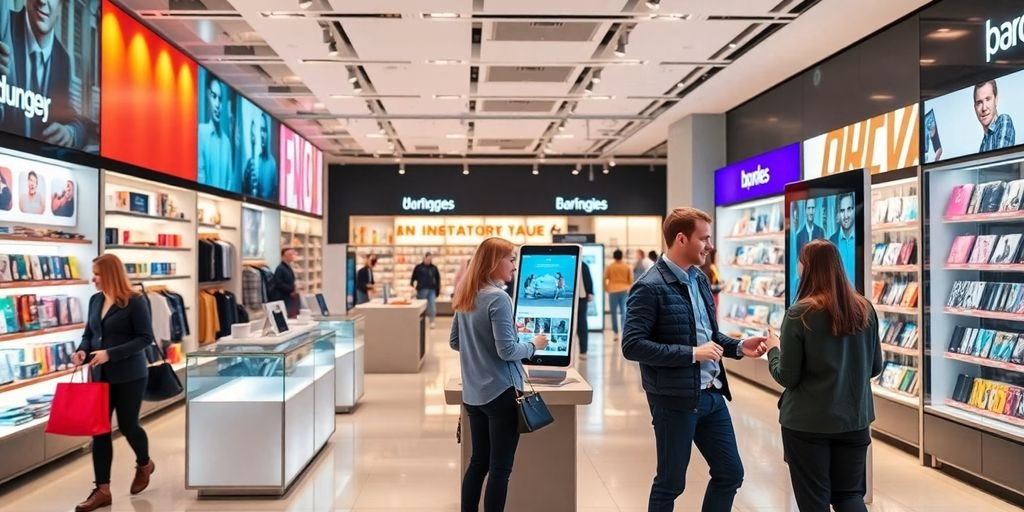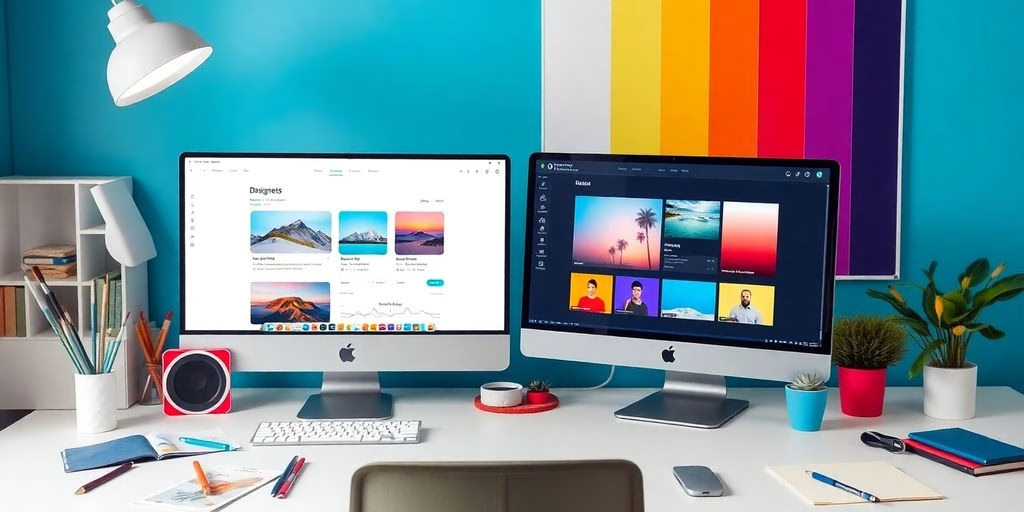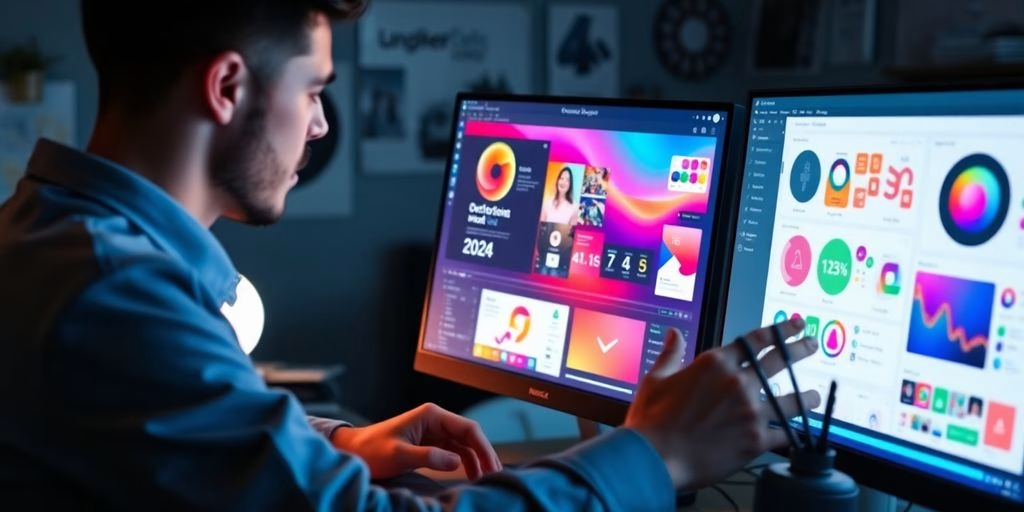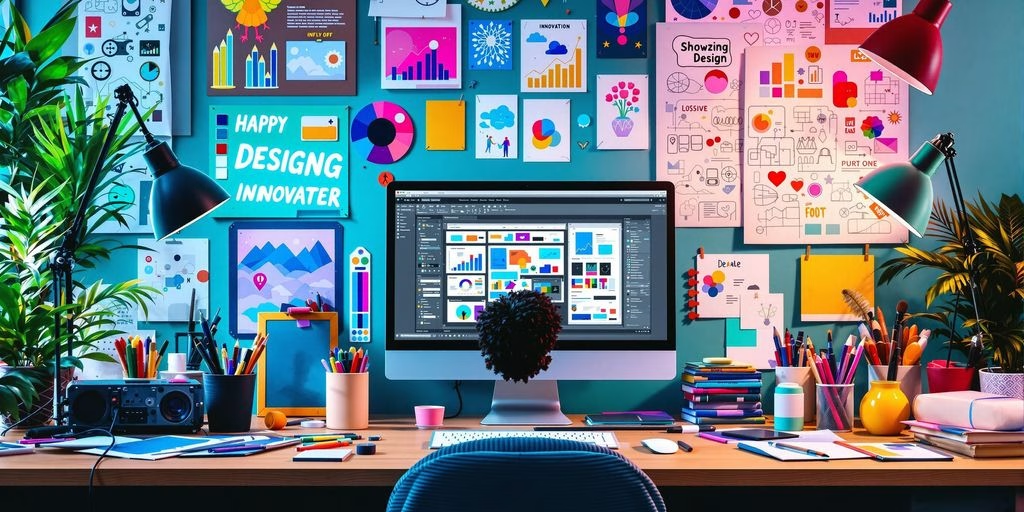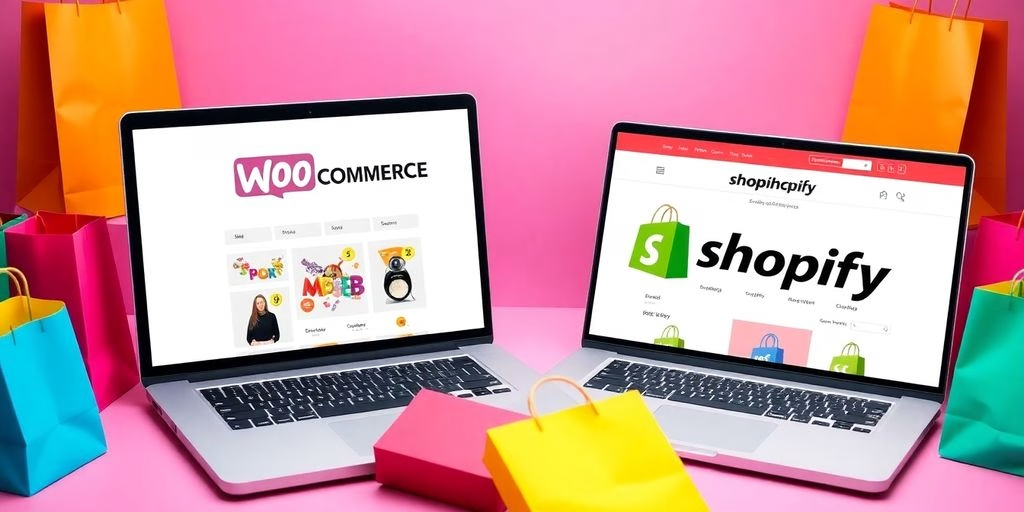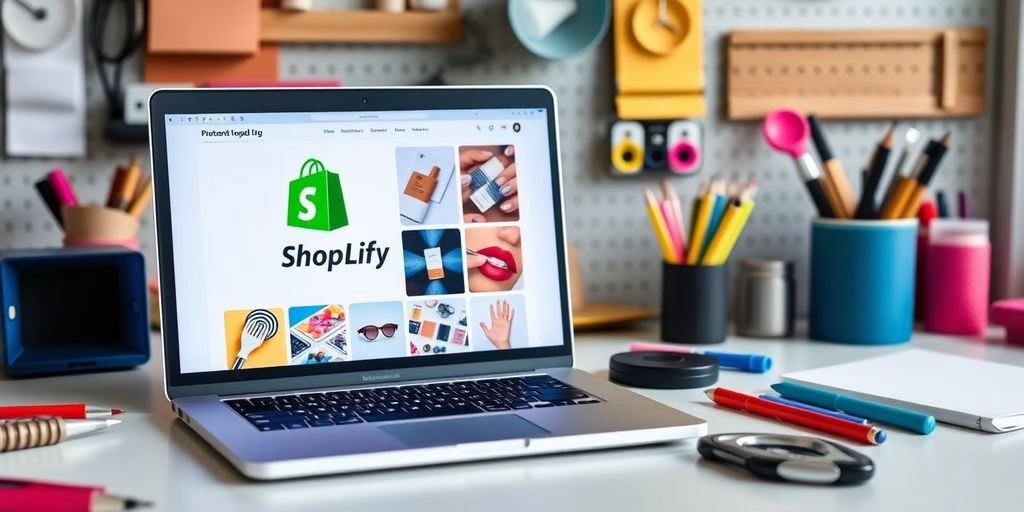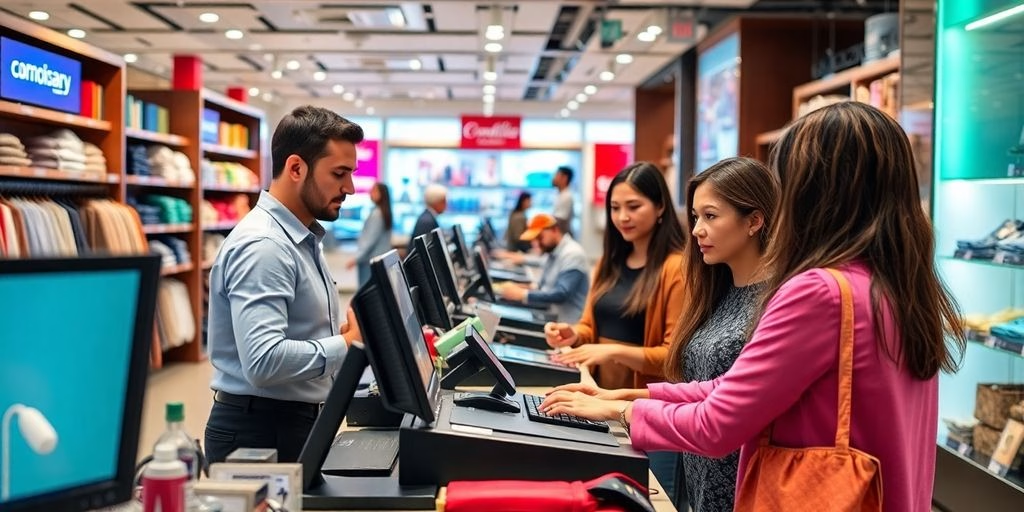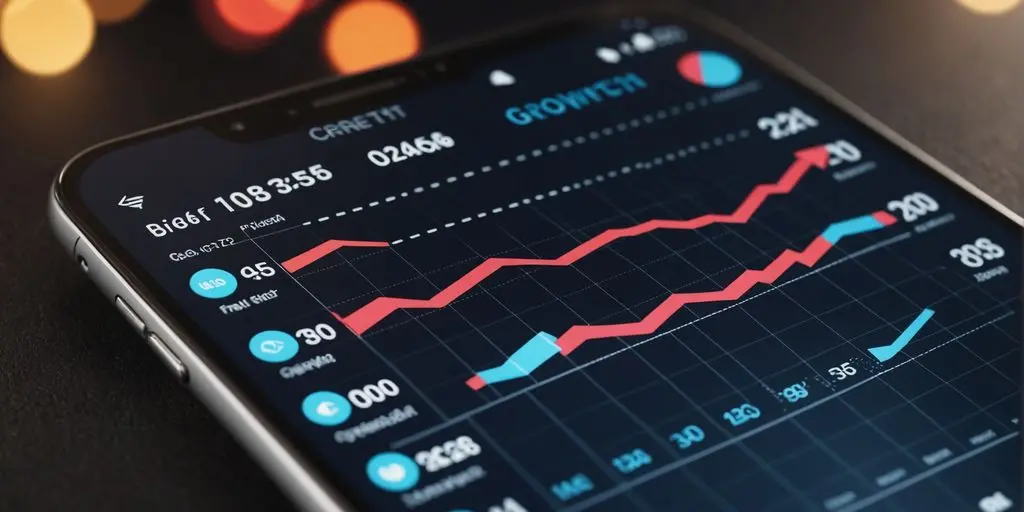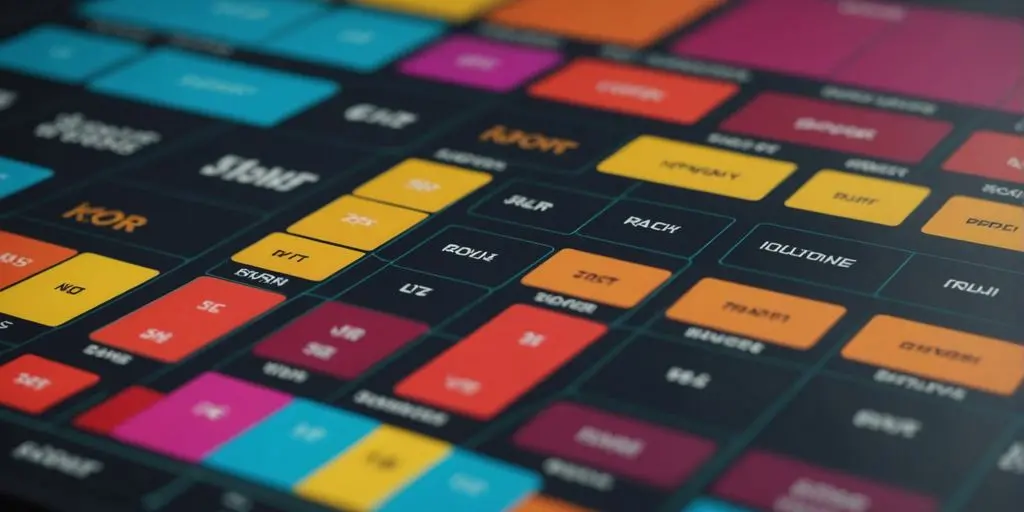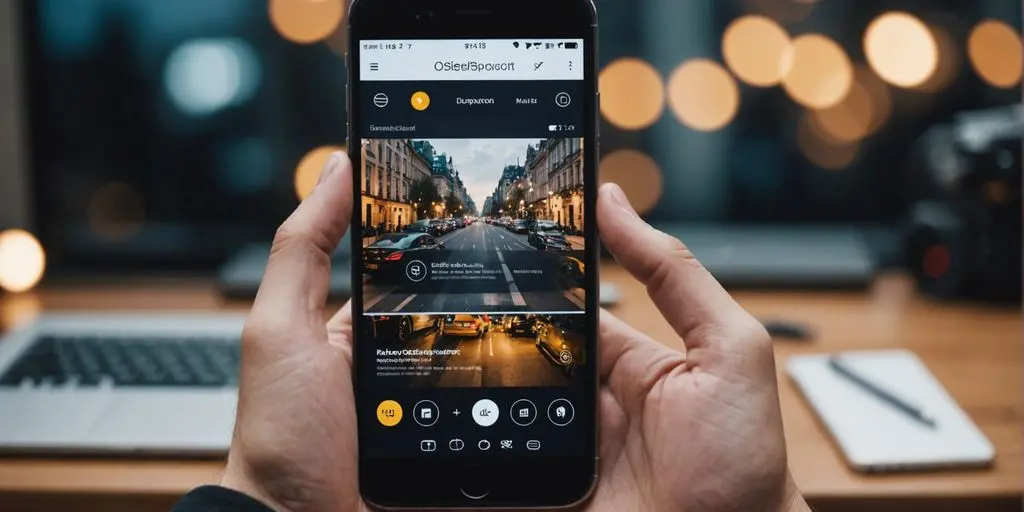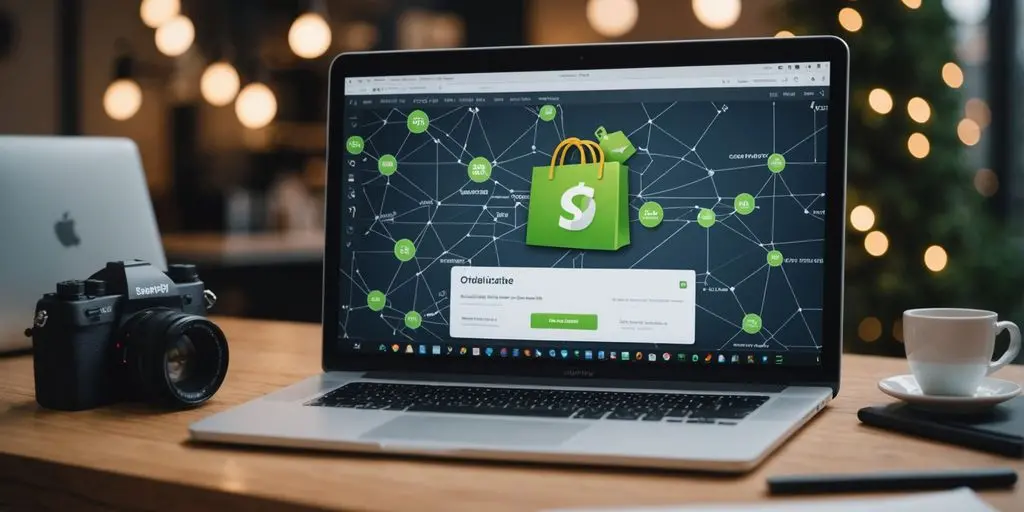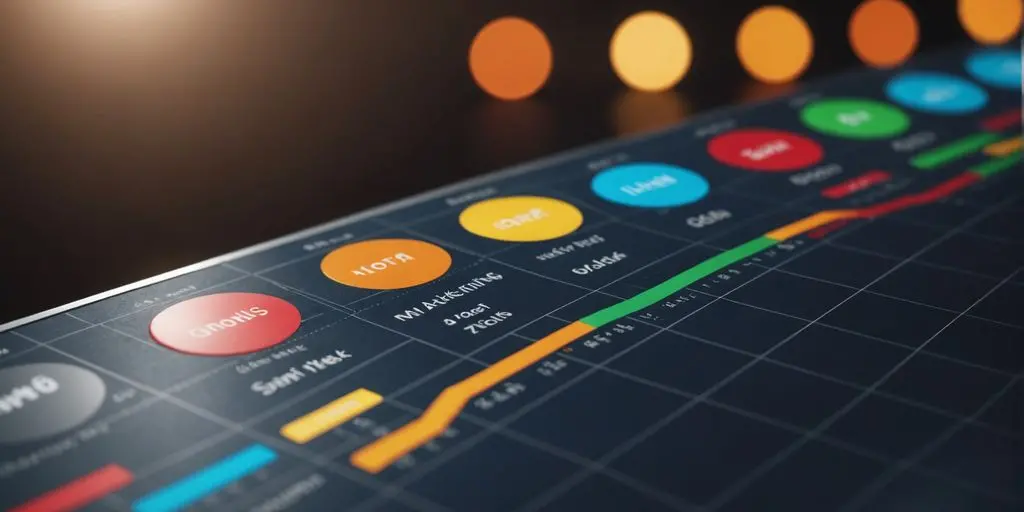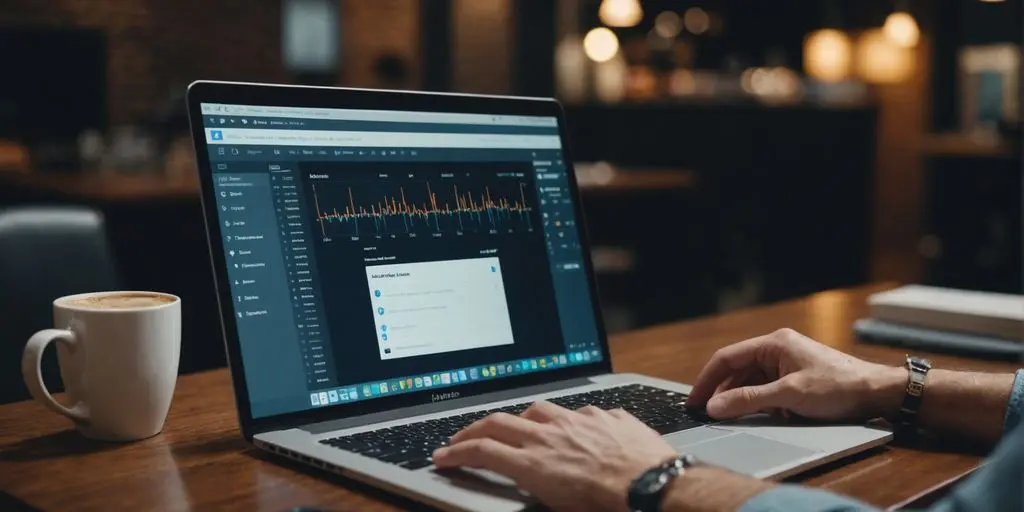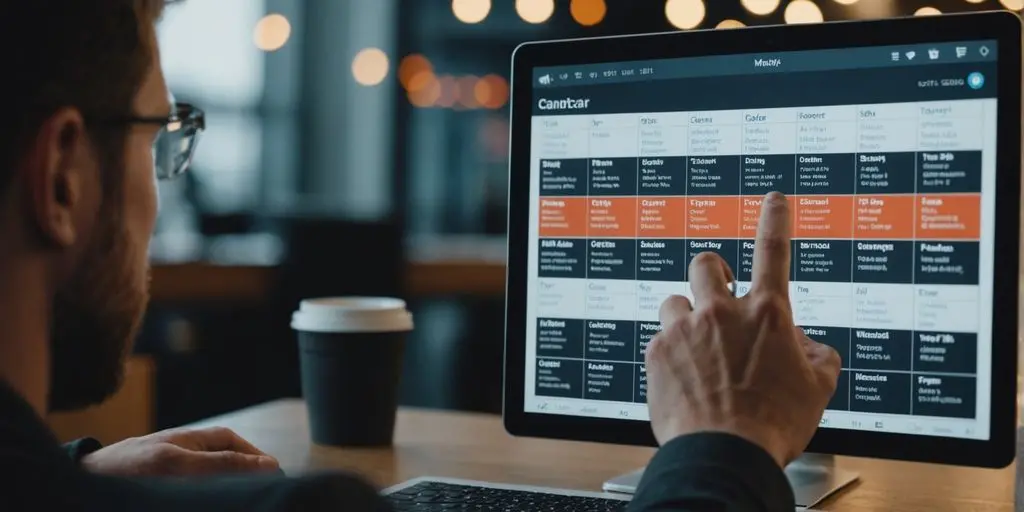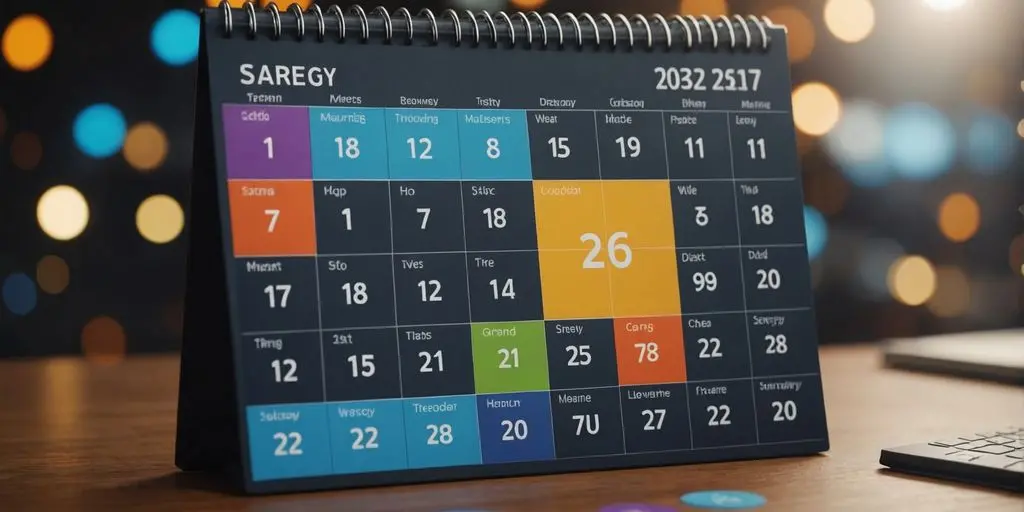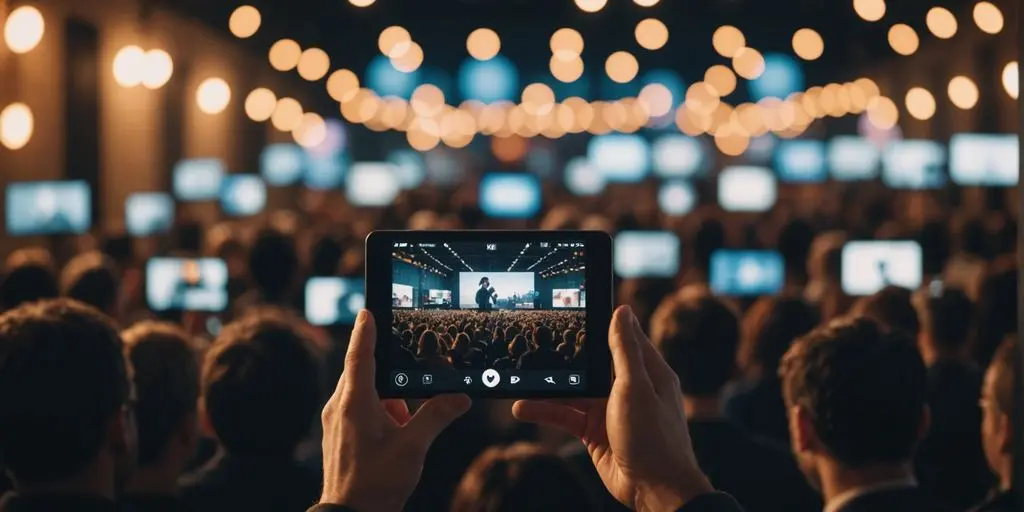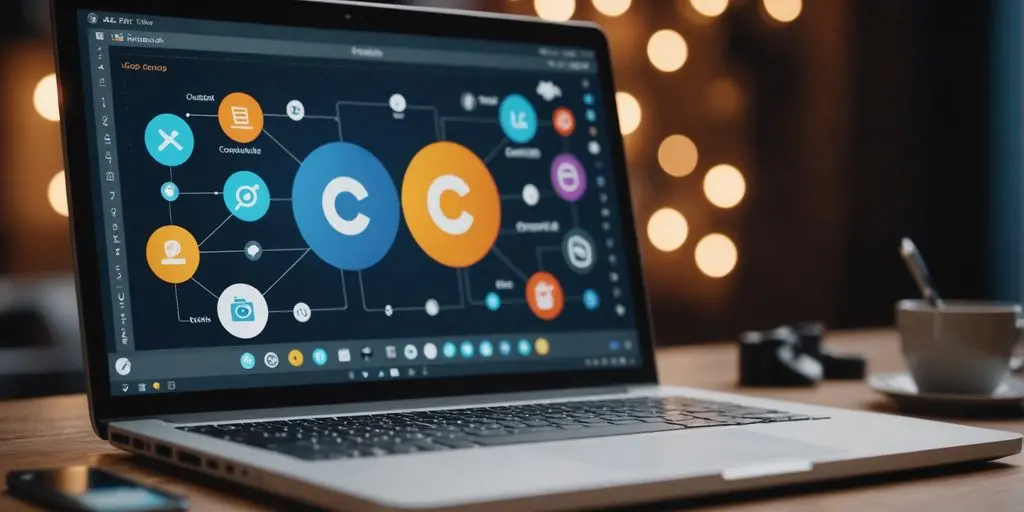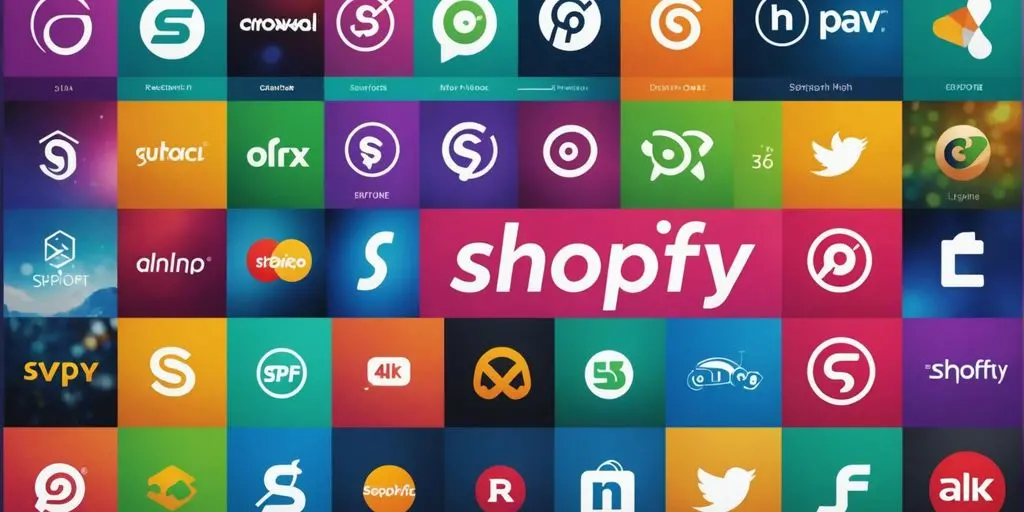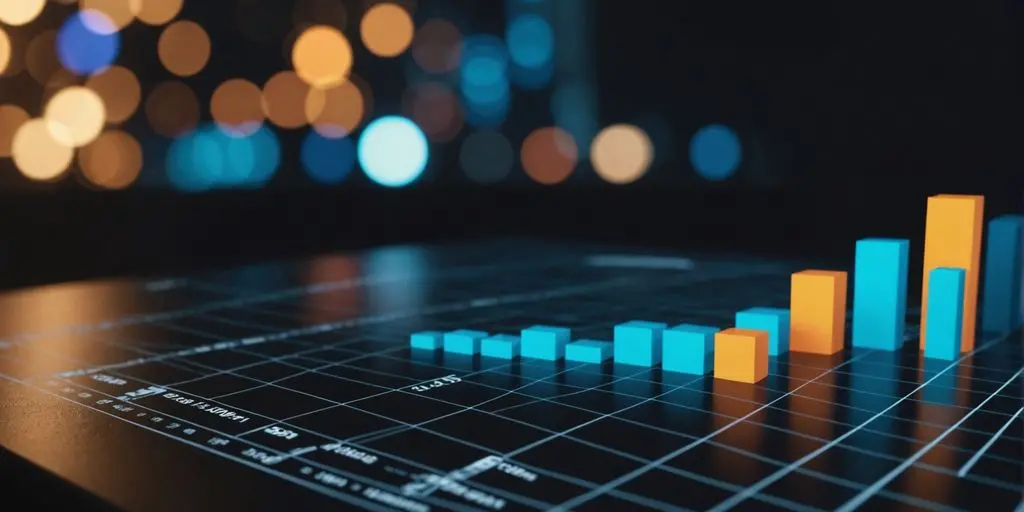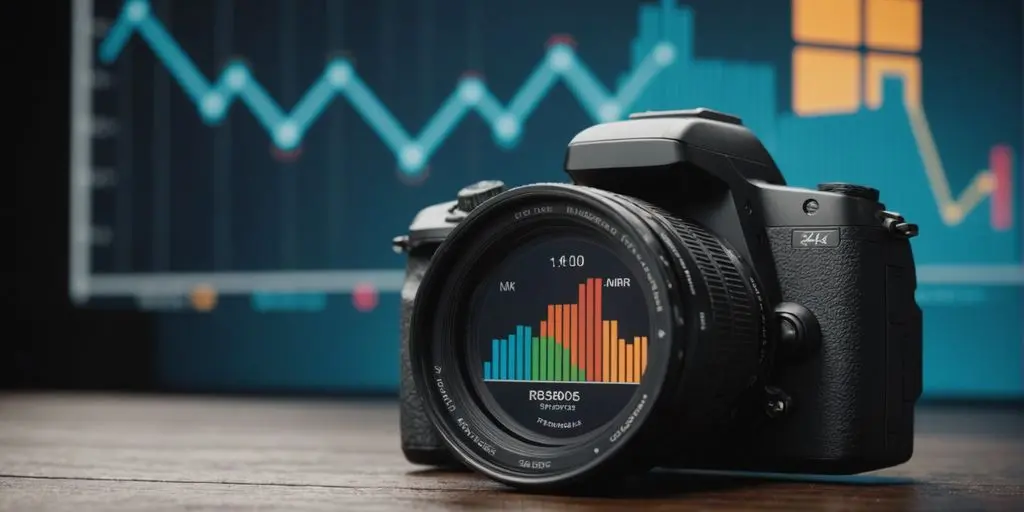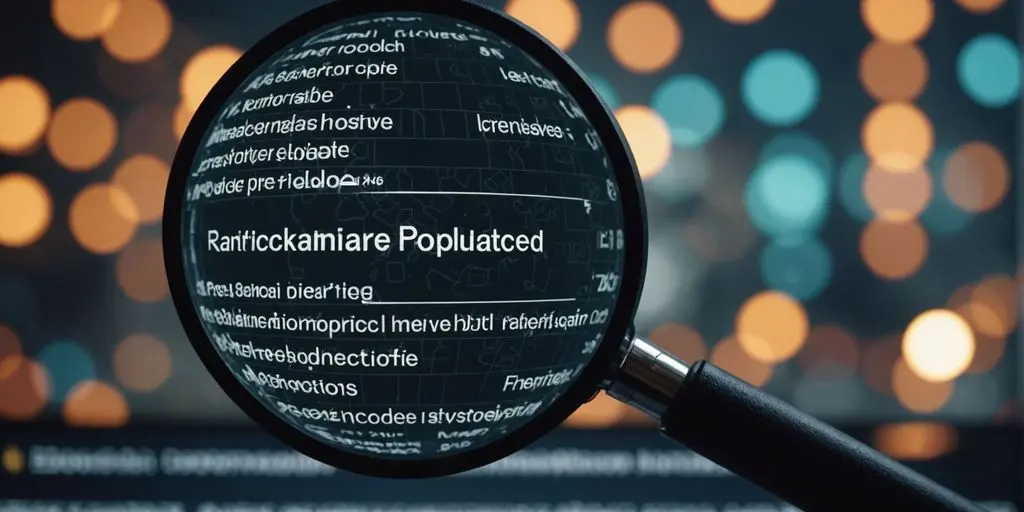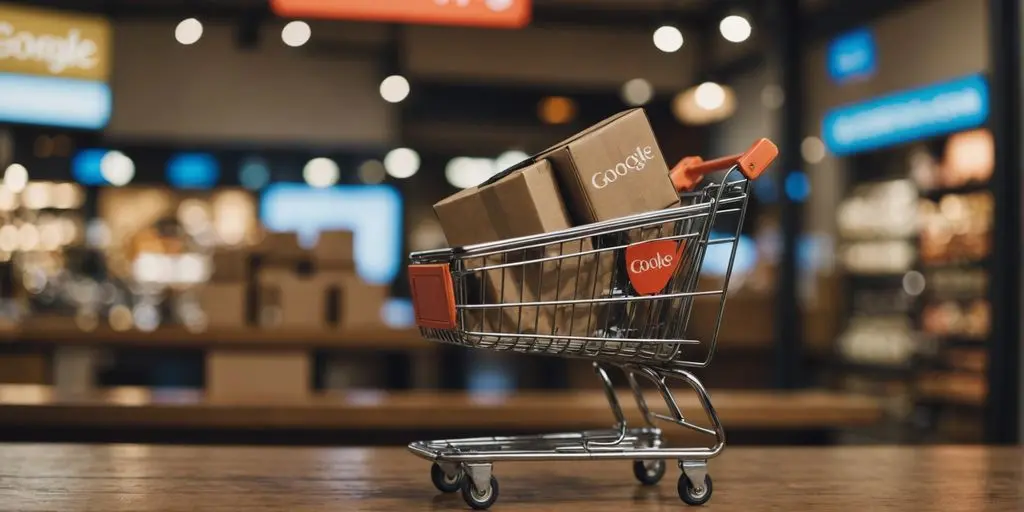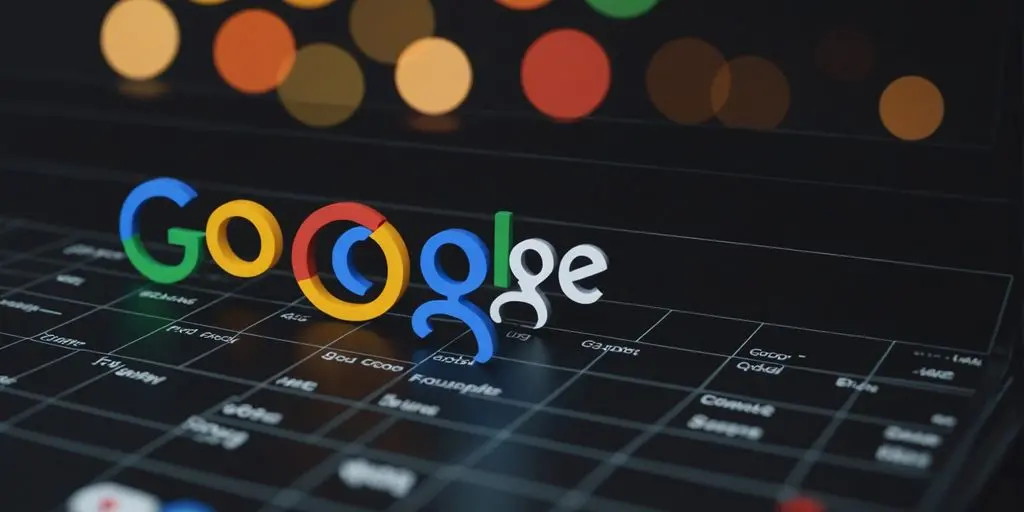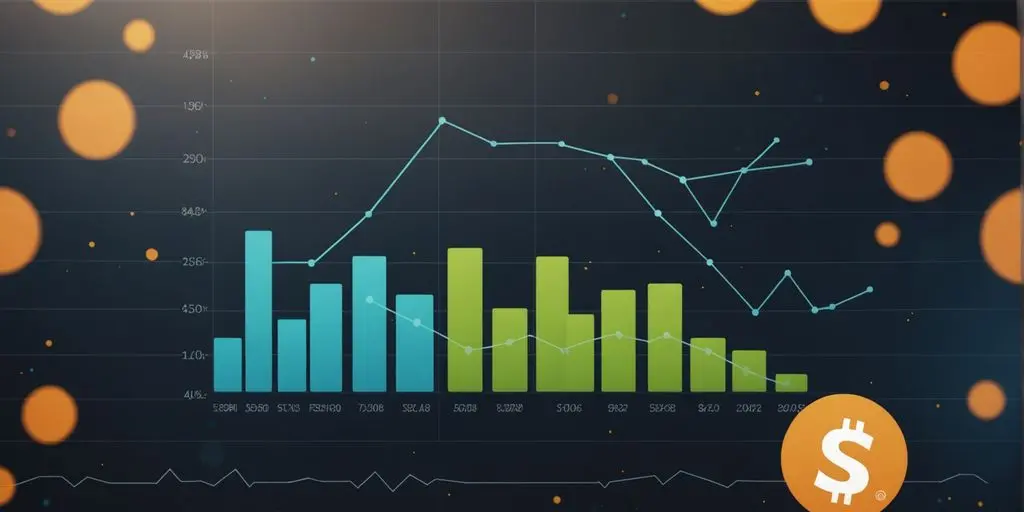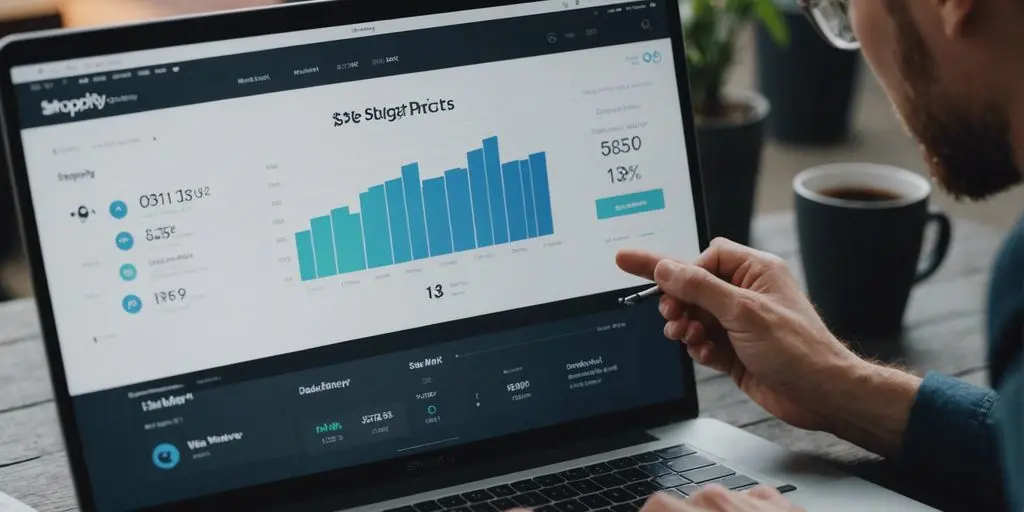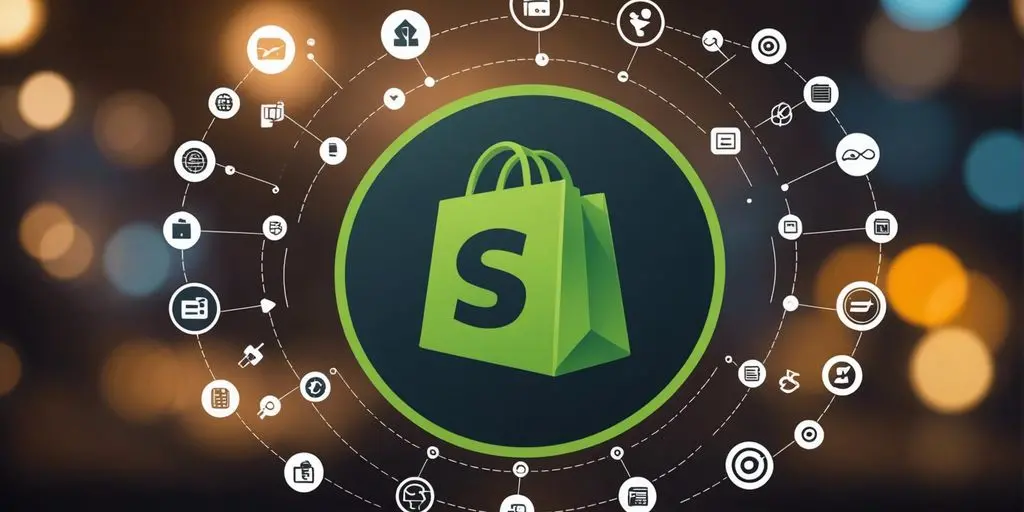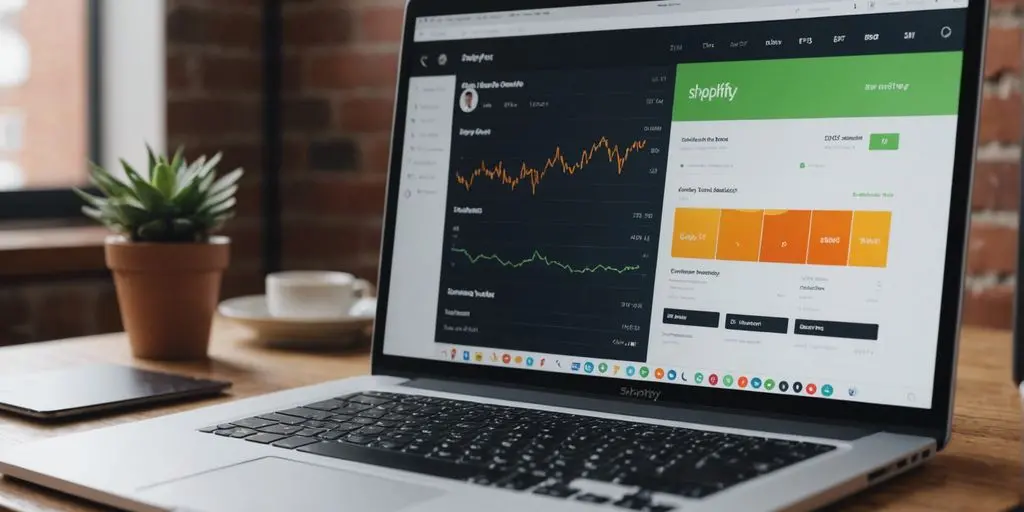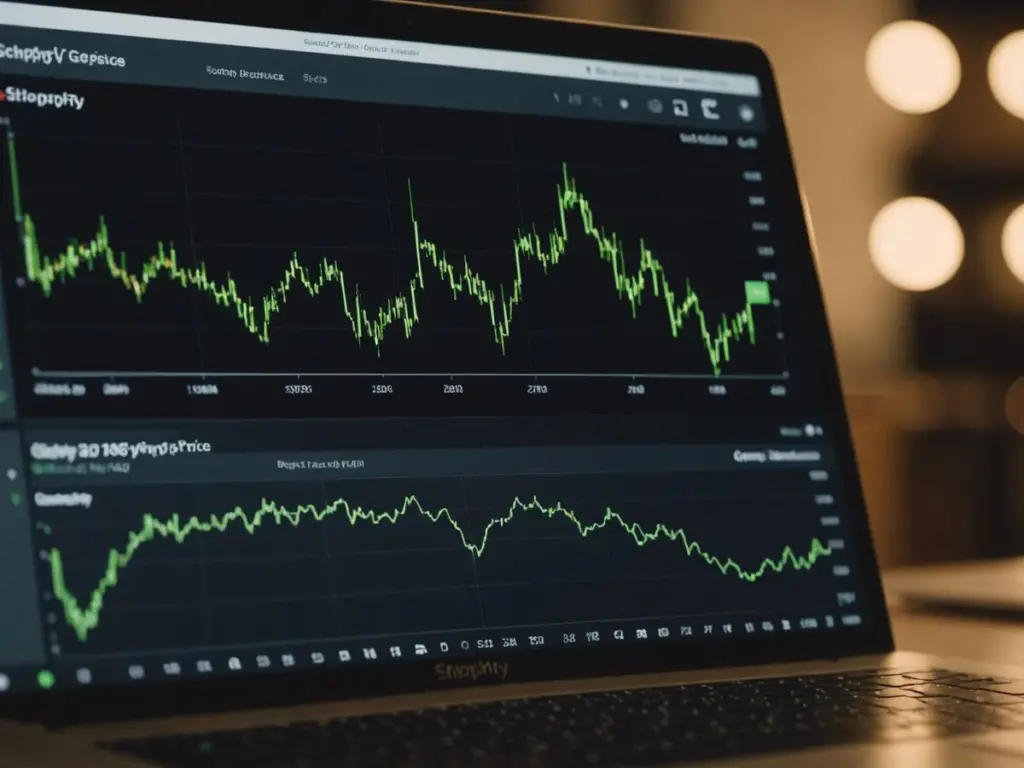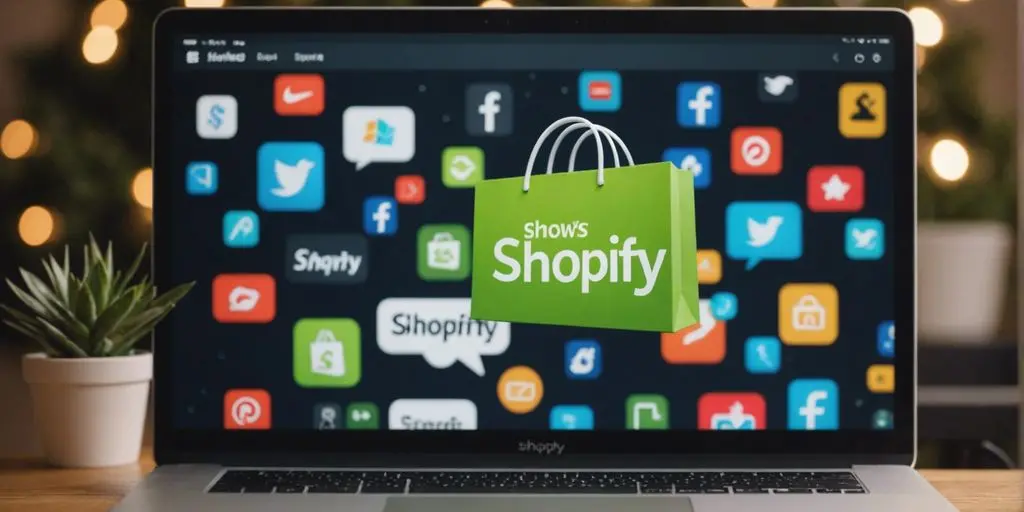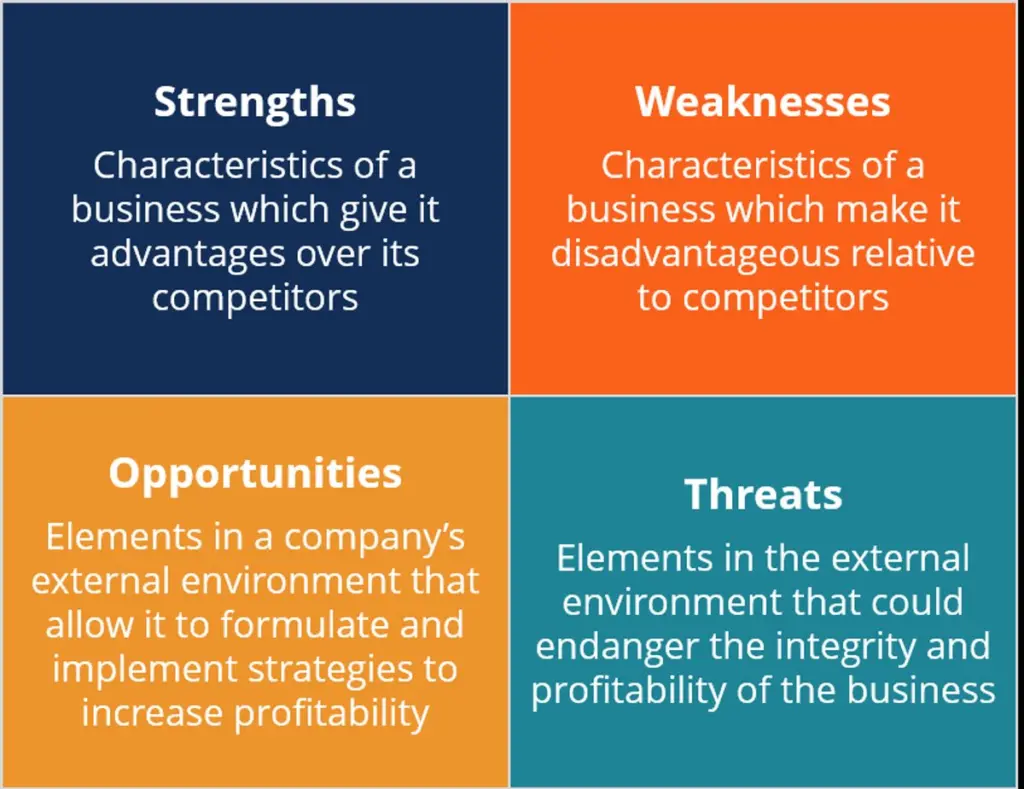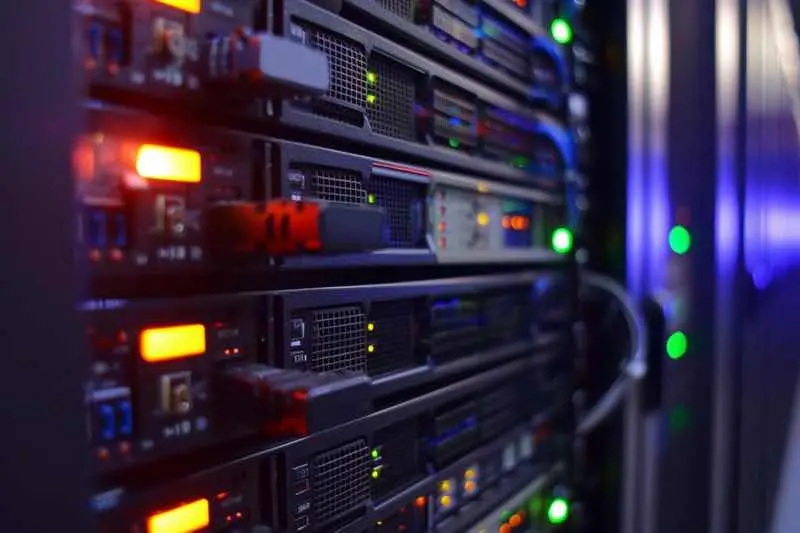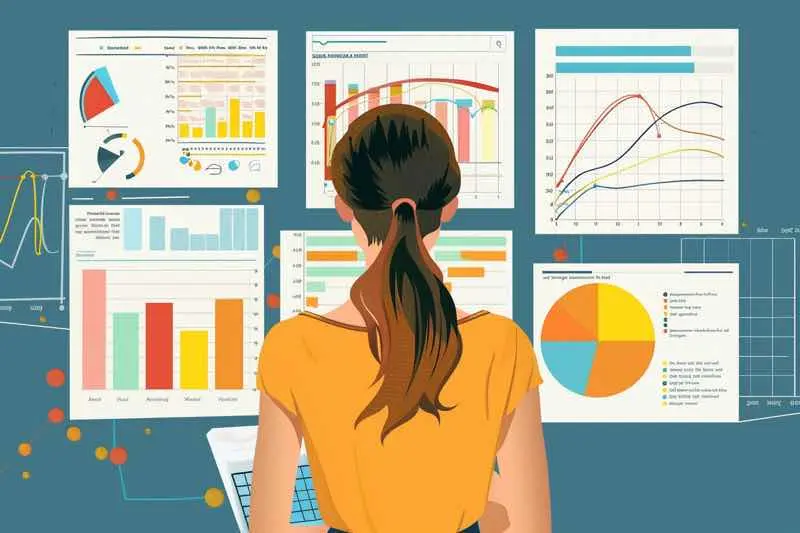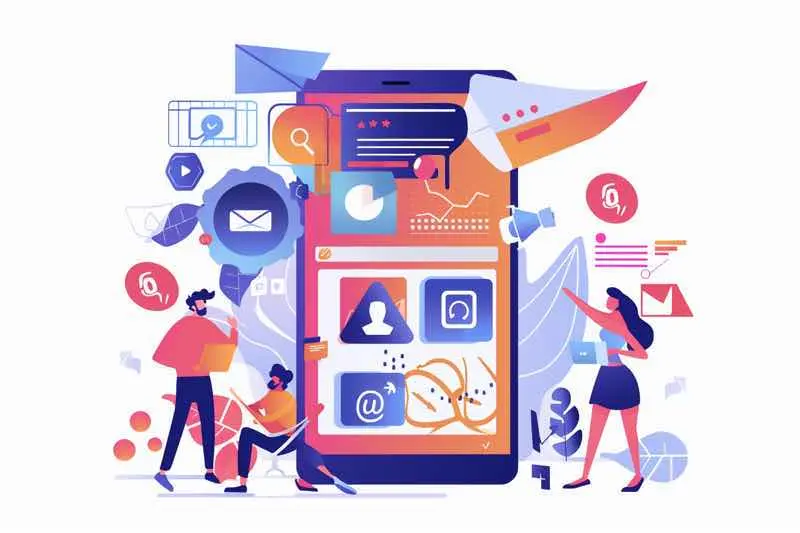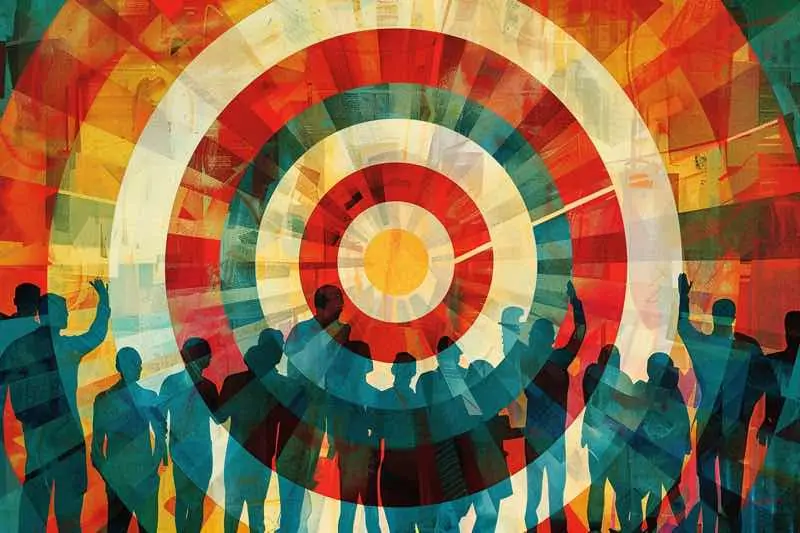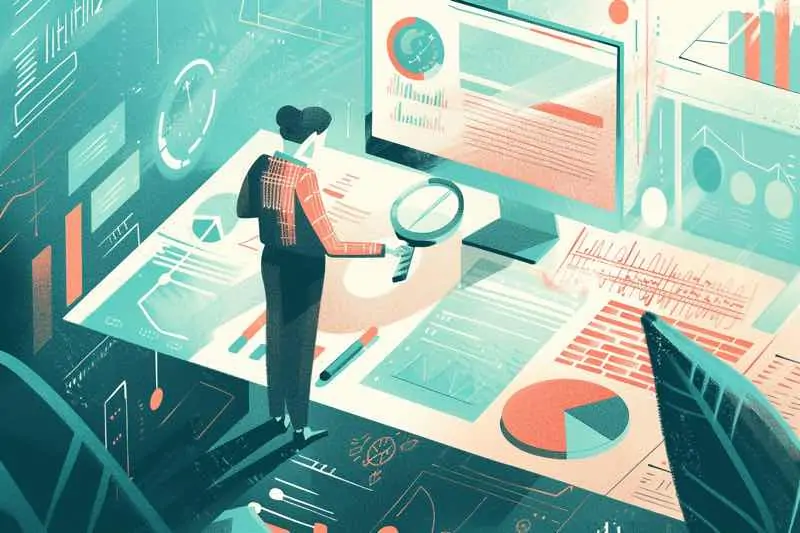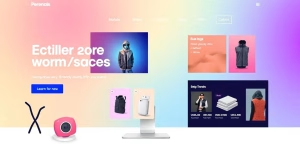Retail is changing fast, and software for retail is leading the charge. In 2025, businesses need to be tech-savvy to stay ahead. From AI to mobile tech, the right software for retail can help retailers understand customers better, manage stock, and even boost sales. It’s not just about having the latest gadgets; it’s about choosing tools that solve real problems. Let’s explore how the right software for retaik can transform your business.
Table of Contents
ToggleKey Takeaways
- AI is helping retailers understand customers and manage stock better.
- ERP systems are key for smooth operations and data insights.
- Mobile tech empowers staff and improves customer service.
- Sustainability tech is becoming essential in retail.
- Omnichannel strategies are crucial for blending online and offline shopping.
Harnessing AI in Software for Retail Success

In the rapidly evolving retail landscape, Artificial Intelligence (AI) has emerged as a game-changer, transforming how businesses operate and connect with customers. Let’s explore how AI is revolutionizing retail in three key areas.
AI-Driven Customer Insights
Imagine walking into a store where everything feels tailor-made just for you. That’s the magic of AI-driven customer insights. Retailers are now using Software for Retail with AI to analyze vast amounts of data, uncovering patterns and preferences that were once hidden. This technology allows businesses to predict what customers want even before they know it themselves. By understanding customer behavior on a deeper level, retailers can craft personalized shopping experiences that keep customers coming back for more.
Automating Inventory Management
Gone are the days of manual stock checks and unexpected shortages. With AI, inventory management has become smarter and more efficient. AI systems can predict demand accurately, ensuring that shelves are always stocked with the right products at the right time. This not only reduces waste but also cuts down on costs and improves customer satisfaction. Retailers can now focus on what they do best—selling—without worrying about inventory hiccups.
Enhancing Personalization with AI
Personalization is no longer a luxury; it’s a necessity. AI enables retailers to offer personalized recommendations, tailor marketing campaigns, and even adjust pricing strategies on the fly. With software for retail and AI, every interaction is an opportunity to build a stronger connection with the customer. Imagine receiving a discount on your favorite brand just as you’re about to check out—AI makes this possible. It’s like having a personal shopping assistant who knows exactly what you need and when you need it.
In the world of retail, AI is not just a tool; it’s a partner that helps businesses understand their customers better, streamline operations, and ultimately drive growth. Embracing AI isn’t just about keeping up with the competition; it’s about setting new standards for what retail can achieve.
The Role of ERP Systems in Modern Retail

Streamlining Operations with ERP
Retailers today are juggling more than ever—supply chains, customer expectations, and market trends. Enter ERP systems, software for retail at its best. They simplify complex processes, from inventory management to human resources. Imagine a retailer who, instead of drowning in spreadsheets, uses an ERP to automate inventory restocking. This efficiency frees up time for more strategic decisions. It’s like having an extra hand that never tires.
Real-Time Data and Analytics
Inside software for retail, timing is everything. Real-time data and analytics offered by ERP systems give retailers a leg up. With these tools, businesses can track sales, monitor customer behavior, and adjust strategies on the fly. Picture a scenario where a sudden surge in demand for a product is met with swift stock allocation thanks to real-time insights. Retailers can avoid stockouts and keep customers happy.
Omnichannel Capabilities
Today’s shoppers expect a fluid experience, whether they’re online or in-store. ERP systems with omnichannel capabilities make this possible by centralizing data from various touchpoints. This means a customer can buy a product online and pick it up in-store without a hitch. Retailers can offer personalized promotions and ensure product availability across all channels, enhancing customer satisfaction and streamlining operations.
ERP systems are not just a tool; they’re a retail partner that helps businesses stay agile and responsive to market demands. In a world where customer expectations are constantly evolving, having a robust ERP system is like having a crystal ball that predicts and adapts to changes.
Mobile Technology: Revolutionizing Retail Operations
Empowering Frontline Teams
Mobile devices are not just gadgets; they are the backbone of modern retail operations. Imagine your frontline staff equipped with smartphones or tablets, allowing them to access real-time inventory data, communicate effortlessly with colleagues, and even assist customers with product information. This isn’t just a dream—it’s the reality of today’s retail world. Equipping employees with mobile technology can dramatically boost productivity and job satisfaction.
Consider these advantages:
- Instant Communication: Staff can quickly relay information across the store or even to other locations without leaving their post.
- Real-time Inventory Checks: Employees can verify stock levels on the spot, reducing the need for time-consuming backroom searches.
- Customer Assistance: With mobile devices, staff can provide detailed product info, check availability, and even place orders for out-of-stock items.
Mobile POS Systems
Gone are the days of long checkout lines. Mobile Point of Sale (POS) systems are transforming the checkout process, allowing transactions to happen anywhere in the store. This flexibility within a software for retail not only speeds up the payment process but also enhances the customer experience by reducing wait times.
“Integrating mobile POS systems into retail environments is like having a checkout counter in your pocket.”
Retailers can choose from a variety of mobile POS solutions, each offering unique features like contactless payments, loyalty program integration, and detailed sales analytics.
Enhancing Customer Engagement
Mobile technology isn’t just for operations; it’s a powerful tool for engaging customers. Through mobile apps, retailers can offer personalized promotions, loyalty rewards, and even interactive experiences like augmented reality (AR) product demos.
Here’s how mobile tech enhances engagement:
- Personalized Offers: Apps can track customer preferences and shopping habits, delivering tailored promotions directly to their devices.
- Loyalty Programs: Digital loyalty cards and rewards systems are more convenient for customers and easier for retailers to manage.
- Interactive Experiences: AR and VR can turn shopping into an immersive experience, letting customers “try” products virtually before buying.
Mobile technology is reshaping the retail landscape, making operations smoother and shopping experiences richer. As we move further into 2025, embracing a mobile-first strategy is not just smart—it’s essential to stay competitive.
Sustainability in Retail Technology
Retailers are waking up to the fact that sustainability isn’t just a buzzword—it’s a necessity. As consumers grow more eco-conscious, businesses are scrambling to adopt greener practices. Let’s dive into some of the tech that’s helping retailers go green.
Eco-Friendly Store Technologies
Imagine walking into a store where every light bulb and cooling system is optimized for energy efficiency. That’s not a dream; it’s happening now. Retailers are investing in smart energy management systems that adjust lighting and temperature based on foot traffic and time of day. This not only reduces costs but also minimizes the carbon footprint. Energy-efficient technologies are becoming the backbone of modern retail spaces.
AI-Driven Recycling Solutions
Ever thought about what happens to that old shirt you tossed into a recycling bin? Well, AI is stepping up to make recycling smarter. Some brands are using AI-driven systems to sort and analyze recyclable goods. These systems can even suggest whether an item should be resold or recycled. It’s a win-win for the environment and the business, cutting down waste and potentially opening new revenue streams.
Sustainable Packaging Innovations
Packaging is a huge area where retailers can make a difference. Many are turning to biodegradable and recyclable materials to wrap their products. Some are even going a step further by eliminating packaging altogether. For instance, certain stores offer refill stations for common household goods, reducing the need for single-use plastics. It’s all about reducing waste and making sustainability a natural part of the shopping experience.
In the race to go green, retailers must balance eco-friendly practices with consumer expectations. The journey might be challenging, but the rewards—a healthier planet and a loyal customer base—are worth the effort.
Omnichannel Strategies for Seamless Shopping

Integrating Online and Offline Experiences
Retailers today are all about blending the digital and physical worlds to create a smooth shopping journey. Imagine starting your shopping on an app, moving to a laptop, and then picking up the items in-store. That’s the magic of omnichannel marketing. By unifying these experiences, businesses make life easier for customers, encouraging them to create accounts and stick around longer.
Unified Inventory Tracking
Keeping track of products across various channels is no small feat. But with systems like Shopify POS, retailers can manage inventory in real-time, ensuring that what’s available online matches what’s in-store. Software for retail such as that really brings everything together. This reduces the chances of disappointing customers with out-of-stock items and helps manage resources better.
Personalized Promotions Across Channels
The key to winning in retail is knowing your customer. By analyzing data from different touchpoints, businesses can craft personalized promotions that hit the mark. It’s about understanding preferences and making shopping feel tailor-made. Whether it’s a special offer popping up on a mobile app or an email suggesting items based on past purchases, personalization is the future.
Omnichannel strategies are not just about convenience; they are about creating a cohesive experience that keeps customers coming back. In 2025, the focus is on refining these systems to make the transition between digital and physical shopping truly seamless.
Advanced Analytics: The Backbone of Software for Retail

Advanced analytics is reshaping the retail landscape, offering businesses the tools to make smarter decisions. Let’s dive into how it’s done.
Predictive Retail Analytics
Predictive analytics is like having a crystal ball for your business. By examining historical data, retailers can forecast future trends with surprising accuracy. Imagine knowing exactly what your customers will want next season! This isn’t just guesswork—it’s data science at its finest. For instance, a retailer might discover that a certain product sells best during a specific time of year, allowing them to prepare inventory accordingly.
Think of predictive analytics as your new best friend. It helps you see patterns and trends that aren’t obvious at first glance, making your business more agile and responsive.
Holistic Inventory Management
Inventory management is no longer about counting stock. With advanced analytics, it’s about understanding the full picture. A holistic approach ensures that every product is where it needs to be, when it needs to be there. This means fewer stockouts and less excess inventory, which translates to happier customers and better sales.
Key Benefits of Holistic Inventory Management:
- Reduced holding costs
- Improved stock availability
- Enhanced customer satisfaction
Customer Behavior Analysis
Understanding your customers is key to any successful retail strategy. With advanced analytics, retailers can delve into customer behavior like never before. By analyzing shopping patterns, preferences, and even social media activity, businesses can tailor their offerings to meet the exact needs of their clientele. This not only boosts sales but also fosters a deeper connection with the customer.
In today’s fast-paced retail world, having the right tools to understand and predict market trends is essential. Advanced analytics provides these tools, enabling retailers to stay ahead of the curve and maintain a competitive edge. Embrace this technology, and watch your business transform.
Security and Efficiency: The New Retail Paradigm
In the fast-paced world of retail, balancing security with efficiency is like juggling flaming torches—tricky, but entirely doable with the right tools. Retailers are embracing new technologies to safeguard their stores while ensuring a smooth shopping experience.
Optimizing Product Placement
Ever walked into a store and wondered why certain products are right at the front? That’s no accident. Smart software solutions enhance retail warehouse efficiency by providing real-time data on stock levels and product performance. This not only reduces manual errors but also helps in deciding where each product should go to catch the shopper’s eye.
Enhancing Store Security
Gone are the days of simple CCTV setups. Modern retail security is about integrating technology with traditional methods. Take RFID-enabled Electronic Article Surveillance (EAS) systems, for instance. These systems don’t just beep loudly if someone tries to leave with unpaid items; they provide data-driven insights into shopper behavior, helping to refine security strategies. With AI-driven automation transforming DevSecOps, the future of retail security is both efficient and proactive.
Analyzing Foot Traffic
Understanding how customers move through a store can be as enlightening as it is complex. By analyzing foot traffic, retailers can optimize layouts and improve customer flow. This involves using data from sensors and cameras to map out paths and identify bottlenecks. The insights gained help in creating a more engaging shopping environment, which in turn can lead to increased sales.
In 2025, the retail sector’s focus is on refining these systems to make the transition between digital and physical shopping seamless. Retailers who excel in these strategies will build and retain customer loyalty and increase revenue.
In summary, the new retail paradigm is all about blending security with efficiency. As technologies evolve, so too do the methods retailers use to protect their assets while ensuring every shopper leaves with a smile.
In today’s retail world, security and efficiency are more important than ever. Businesses need to protect their customers while also making shopping easy and quick. If you’re looking to improve your retail strategy, visit our website for tips and support. Let’s work together to make your business thrive!
Wrapping Up: The Future is Now
So, there you have it. Retail in 2025 is not just about keeping up with the Joneses—it’s about outsmarting them with the right tech. The tools we’ve talked about aren’t just shiny new toys; they’re game-changers. Whether it’s AI, mobile solutions, or real-time analytics, these technologies are reshaping how stores operate and how they connect with customers. But remember, it’s not about jumping on every new trend. It’s about finding what fits your business like a glove. So, as you step into the future, choose wisely, and let technology be your trusty sidekick in this retail adventure. Who knows? You might just set the trend everyone else wants to follow.
Frequently Asked Questions
What is AI-driven customer insight?
AI-driven customer insight means using smart computer programs to understand what customers like and want. It helps stores know their shoppers better and make decisions to improve sales.
How does automating inventory management help retailers?
Automating inventory management helps stores keep track of their products without doing it by hand. This saves time, reduces mistakes, and ensures that popular items are always in stock.
What are ERP systems and why are they important in retail?
ERP systems are software that help manage different business tasks like sales, inventory, and customer service all in one place. They are important because they make store operations smoother and faster.
How does mobile technology change retail operations?
Mobile technology, like tablets and smartphones, helps store workers do their jobs better. They can check prices, assist customers, and complete sales from anywhere in the store.
Why is sustainability important in retail technology?
Sustainability in retail technology means using tools that are good for the environment, like recycling programs and energy-saving gadgets. It’s important because it helps protect our planet and can save money.
What are omnichannel strategies?
Omnichannel strategies are ways that stores let customers shop both online and in physical stores. This makes shopping easy and fun, no matter where customers choose to buy.

